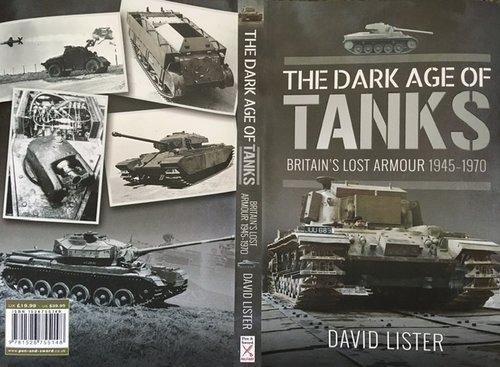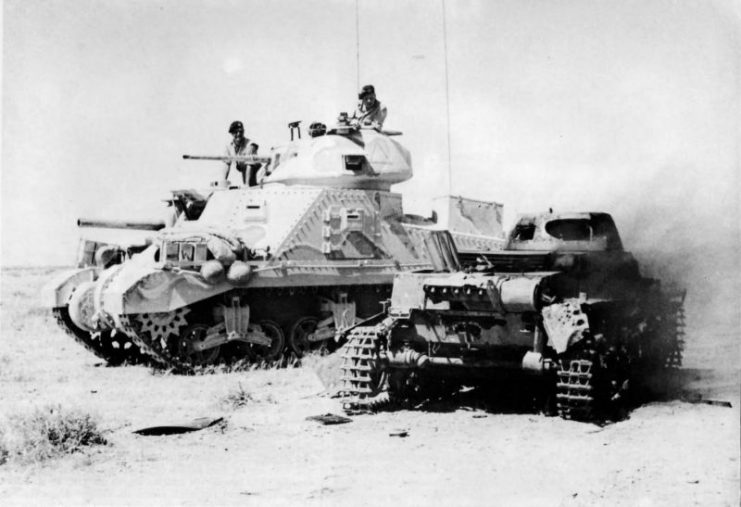"Books Do Furnish A Room" is a title from Anthony Powell's "A Dance To The Music Of Time" sequence of 12 novels, which Conrad has never even glanced at, let alone read. Tony would have had an uncomfortable experience trying to sleep on a mattress made out of books, or remain seated in a chair consisting of quarto volumes, I rather think. Art?
 |
| What if you want to read that one in the middle of the mattress? |
 |
| Ignore the Christmas wrapping paper. |
All shoved firmly against the wall to prevent any wobbling. These are the works that I'm pretty sure I have already read, though given how many of them there are, Conrad may be in error by one or two. They are thus now out of the tatty cardboard boxes they previously inhabited, which are no longer taking up space in the middle of the floor, as Conrad is pondering about running a wargame.
Oh, I do now have a couple of stalagmites of unread books, piled up next to the desk. I really ought to make a dent in these before ordering any more books. Let's see if I can maintain that level of self-discipline. Art?
 |
| With passing dog for scale. |
Here the impact of the wretched Covid-19 comes into play, since I am no longer venturing into Gomorrah-on-the-Irwell, which means I cannot browse the eclectic collection that Eddie, of Church Street Market Books, maintains. Really, the man is a trouper; if you ever visit Gomorrah-on-the-Irwell, do take time to peruse his collections, and say that Rob sent you. Explain I'm the tall, white-haired, very grumpy looking bloke and he'll know who you mean. Art?
 |
| Just like Eddie. |
Holy Heck!
No, no, nothing about nuclear weapons, honest. No, it's just that I've seen someone with a lot of disposable income pay £731,000 for the handwritten lyrics to "Hey Jude The Obscure", which was apparently written by rock star Thomas Hardy -
Or something. I wasn't paying a whole lot of attention, too busy juggling with my monkey's paw.
 |
| Greetings, amphibious car! (Because why not?) |
A Shield More Akin To A Hammer
That blogger of all things military, Listy - O alright Mister David Lister, there, happy now? - who has published books of which I have one - "Forgotten Tanks and Guns of the Thirties and Forties" which is a fascinating little ramble - has another one out at the moment, "The Dark Age of Tanks", which if Art will put down his plate, spoon and coal scuttle -
 |
| Listy's latest |
 |
| The Malkara mounted on a Humber Hornet |
 |
| Then there's this monster ... |
Excuse me, just kibbitzing a little with Richard about suitcase nukes. Ex-engineer, don't you know, currently running a guesthouse in Wales, plans to move to Spain the instant he can, got a house out there with a fantastic garden and view of the hills and a swimming pool and everything - do I sound slightly jealous?
 |
| He also wrote this |
"An Englishman At War" By Stanley Christopherson (Editor - James Holland)
I find it a tad ironic that this comes under Richard's work on The Rif War, Richard being about as Welsh as you can get.
Your Humble Scribe must have regaled you with his intent about SC's diaries; I am annotating them, in order to retain a memory beyond a fleeting recollection of some tanks and the desert.
SC began the war as a humble subaltern in a Yeomanry regiment, which was a horsed cavalry unit, making his way across France and the Med to Palestine, as it was then. From being colonial police in the saddle, his regiment then became plodding infantry on patrol, before metamorphosing into gunners and manning artillery during the siege of Tobruk, then rotating back to Palestine.
| In the ruck at Tobruk |
 |
| Honey being funny (Technically, hiding hull-down behind a knocked-out enemy tank) |

And another beat from a different galley.
- because with that, we are done!
* I have all the best ideas.

No comments:
Post a Comment